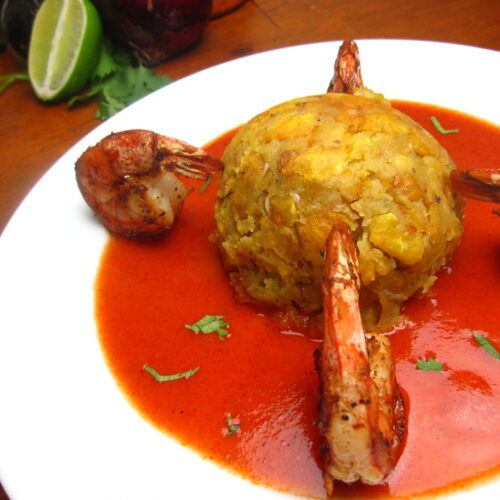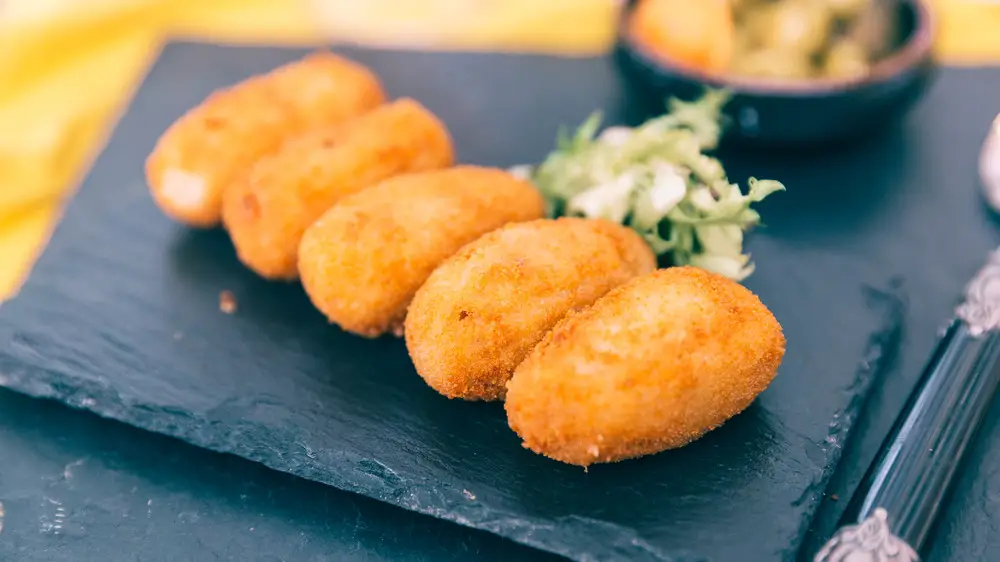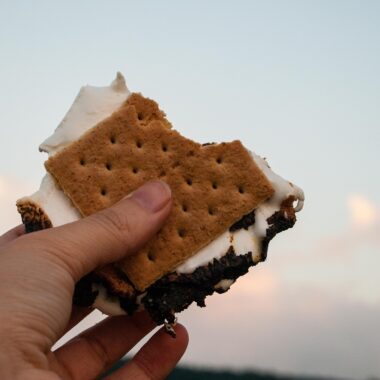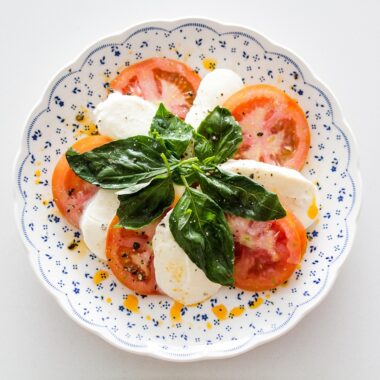Tea is a globally cherished beverage, with countless variations depending on cultural preferences, ingredients, and brewing methods. While most people associate tea with sweetness and aromatic spices, salt tea is a unique, savory alternative that has been a staple in several cultures for centuries.
This article will delve into the fascinating world of salt tea, its historical significance, health benefits, and how to prepare different versions at home. Whether you’re curious about Tibetan butter tea, Kashmiri noon chai, or a simple salted black tea, this guide will help you explore and master the art of making salt tea.
The Origins of Salt Tea
Salt tea has a long history, deeply rooted in Asian and Middle Eastern traditions. Unlike sweetened or spiced teas, salt tea is valued for its umami flavor, providing warmth and nourishment. Some of the most famous versions include:
- Tibetan Butter Tea (Po Cha) – A rich, buttery tea made with yak butter, salt, and tea leaves.
- Kashmiri Noon Chai (Pink Tea) – A delicate, pink-colored tea brewed with green tea leaves, baking soda, milk, and salt.
- Mongolian Suutei Tsai – A milk-based tea with salt, commonly consumed by Mongolian herders.
- Middle Eastern and African Salted Tea Variations – Some regions in Africa and the Middle East add salt to their tea to enhance its flavor and nutritional value.
These teas were traditionally consumed by nomads, herders, and warriors, providing energy, hydration, and essential nutrients.
Health Benefits of Salt Tea
Beyond its cultural significance, salt tea offers numerous health benefits:
- Hydration and Electrolyte Balance
- Salt tea helps restore lost electrolytes, making it an excellent drink for people in cold climates or those experiencing dehydration.
- Improved Digestion
- The mild salt content can stimulate digestion and help alleviate bloating or indigestion.
- Increased Energy and Endurance
- Traditional salt teas like butter tea contain fats and calories, providing a sustained energy source for individuals living in harsh environments.
- Boosted Immunity
- Many versions of salt tea contain antioxidants from tea leaves, which help fight free radicals and support the immune system.
- Maintains Warmth in Cold Climates
- Cultures in high-altitude regions drink salt tea to maintain body heat and prevent hypothermia.
Now that we understand its background and benefits, let’s explore how to make different types of salt tea at home.
Traditional Tibetan Butter Tea Recipe (Po Cha)
Ingredients:
- 2 cups of water
- 2 teaspoons of loose Pu-erh or black tea leaves
- 1/4 teaspoon of salt
- 2 tablespoons of unsalted butter (traditionally yak butter, but cow butter works)
- 1/2 cup of milk (or heavy cream for a richer taste)
- Optional: 1 tablespoon of ghee for extra richness
Instructions:
- Boil the Water and Brew the Tea
- In a pot, bring 2 cups of water to a boil.
- Add the tea leaves and simmer for 5–10 minutes.
- Strain out the tea leaves and return the brewed tea to the pot.
- Add the Milk and Salt
- Pour in milk and add salt, stirring until well mixed.
- Blend with Butter
- Transfer the tea to a blender.
- Add butter and blend until the tea becomes frothy and smooth.
- Serve and Enjoy
- Pour the tea into cups and serve hot.
- This tea is traditionally served in wooden bowls in Tibet.
Tips:
- If you want a more authentic taste, use yak butter (available at specialty stores).
- Adding ghee can enhance the buttery richness.
Kashmiri Noon Chai (Pink Salt Tea) Recipe
Noon Chai, also known as Sheer Chai, is a famous salted tea from Kashmir, known for its distinct pink color and creamy texture.
Ingredients:
- 2 cups of water
- 1 teaspoon of Kashmiri green tea leaves (or Chinese green tea as a substitute)
- 1/4 teaspoon of baking soda
- 1/4 teaspoon of salt
- 1 cup of milk
- 1/2 teaspoon of crushed cardamom (optional)
- 1 tablespoon of crushed almonds or pistachios (for garnish)
Instructions:
- Brew the Tea
- Bring water to a boil in a deep pan.
- Add tea leaves and baking soda. The baking soda gives the tea its pink hue.
- Let it simmer for 10–15 minutes.
- Aerate the Tea
- Use a ladle to scoop and pour the tea back into the pot several times to aerate it.
- This process enhances the pink color.
- Add Milk and Salt
- Pour in milk, add salt, and stir.
- Simmer for another 5 minutes.
- Serve Garnished with Nuts
- Pour the tea into cups.
- Garnish with crushed almonds or pistachios.
Tips:
- The more you aerate the tea, the deeper the pink color.
- You can also add saffron for extra flavor.
Mongolian Suutei Tsai Recipe
This Mongolian milk tea is savory and warming, making it perfect for cold weather.
Ingredients:
- 2 cups of water
- 1 tablespoon of black tea leaves
- 1 cup of milk
- 1/4 teaspoon of salt
- Optional: A small piece of butter
Instructions:
- Brew the Tea
- Boil water and add black tea leaves.
- Simmer for 5 minutes, then strain.
- Add Milk and Salt
- Pour in milk and salt, stirring gently.
- Simmer for another 5 minutes.
- Add Butter (Optional)
- Stir in butter for extra richness.
- Serve Hot
- This tea pairs well with dried meat or dumplings.
Tips:
- The traditional version uses sheep’s milk, but cow’s milk is a good substitute.
- Add ghee for a more buttery taste.
Simple Salted Black Tea Recipe
For those who prefer a basic and easy-to-make version, here’s a quick salt tea recipe:
Ingredients:
- 2 cups of water
- 1 teaspoon of black tea leaves or a tea bag
- 1/4 teaspoon of salt
Instructions:
- Boil water and steep the tea leaves for 5 minutes.
- Strain and add salt, stirring well.
- Serve hot and enjoy!
Variations:
- Add a splash of milk for a creamier taste.
- A dash of butter can enhance the texture.
Conclusion
Salt tea is an ancient, nourishing, and flavorful beverage enjoyed in many cultures. Whether you’re sipping a cup of Tibetan butter tea, indulging in Kashmiri noon chai, or savoring a simple salted black tea, this unique drink provides both taste and health benefits.
If you love exploring new flavors, try making one of these salt teas at home. Experiment with different ingredients, and discover how savory tea can be just as satisfying as its sweet counterparts!
Would you try salt tea? Let us know your favorite version!


















